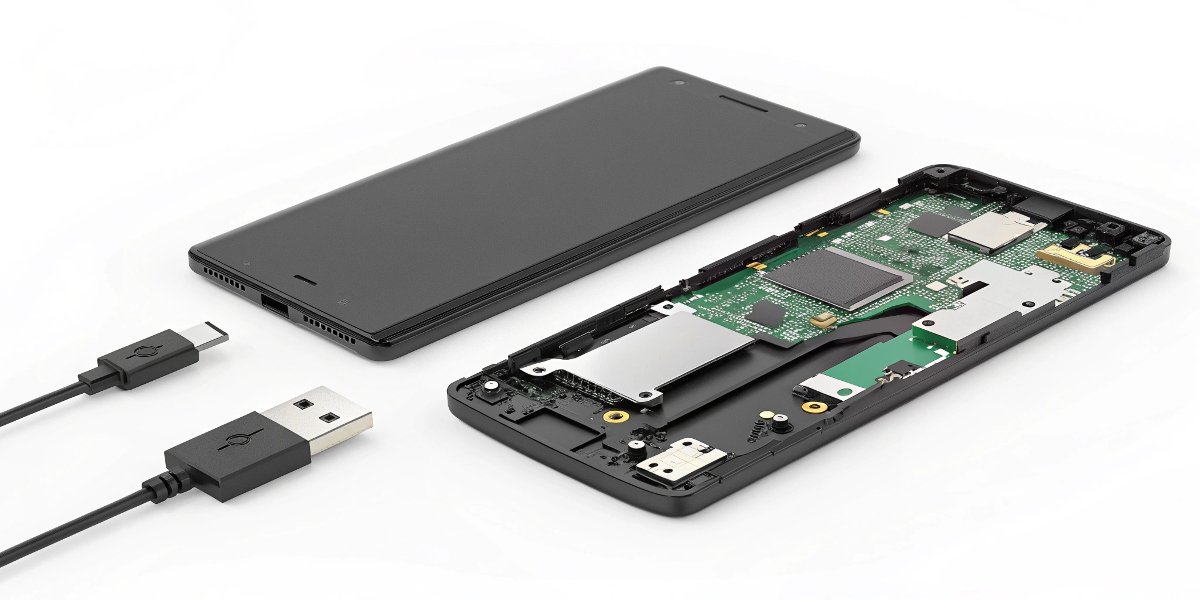In today’s mobile-first world, Lithium Polymer (LiPo) batteries power everything from smartphones and drones to medical devices and IoT solutions. But like all battery types, LiPo cells degrade over time. Ensuring battery health is crucial—not just for performance, but also for safety and reliability.
So how do you accurately detect the health of a LiPo battery? Here are key methods and indicators to monitor:
🔍 1. Capacity Testing (mAh Check)
The most direct way to assess battery health is by measuring actual capacity versus the original rated capacity. A battery that delivers less than 80% of its original mAh is generally considered degraded.
Tool needed: Battery analyzer or electronic load tester.
🌡️ 2. Internal Resistance Measurement
As a LiPo battery ages, internal resistance (IR) increases, resulting in voltage drops under load. Higher IR means the battery heats up faster and discharges less efficiently.
Good IR for small LiPo cells is usually below 100 mΩ. Large capacity cells may have slightly higher acceptable limits.
⚡ 3. Voltage Stability Under Load
A healthy LiPo battery maintains relatively stable voltage during use. If voltage sags quickly under moderate load, it may indicate cell degradation or imbalance.
Pro tip: Use a multimeter or data logger to check real-time voltage while operating the device.
🔄 4. Cycle Count & Charge History
LiPo batteries have a limited cycle life—typically 300 to 500 cycles. Keeping track of charge/discharge cycles can help predict remaining lifespan.
Some advanced Battery Management Systems (BMS) or smart battery packs include this data via communication protocols like I²C, SMBus, or CAN.
📈 5. Physical Signs & Swelling
A swollen LiPo battery is a red flag. Gas buildup from electrolyte breakdown causes puffing, which may lead to leakage, overheating, or even fire. If you notice swelling—stop using the battery immediately.
🧠 6. Use Smart BMS for Real-Time Monitoring
Modern battery packs often come with integrated software-based BMS that continuously monitors:
- Temperature
- Voltage per cell
- Charging/discharging current
- Health status (SOH/SOC)
Smart BMS helps predict failures before they happen, improving both safety and product lifespan.
✅ Summary
Monitoring the health of a LiPo battery isn't just a good practice—it’s essential for:
- 🔋 Maximizing performance
- 🔥 Preventing safety hazards
- 💰 Reducing replacement costs
Whether you're a product designer, engineer, or end user, regular battery health checks can extend the life of your devices and ensure consistent, reliable power.
💡 LithoTop provides high-quality lithium polymer batteries and technical support, including custom BMS integration and health monitoring solutions. Let’s power your innovation—safely and smartly.
📩 Interested in LiPo battery solutions or OEM/ODM services? Contact us today or visit our website. "LithoTop"




